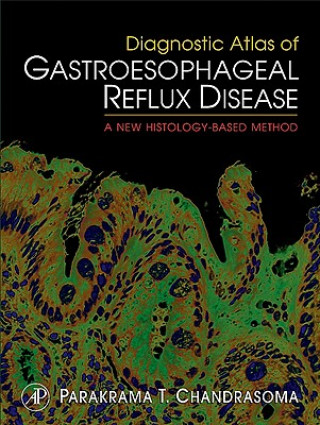
Code: 04493877
Diagnostic Atlas of Gastroesophageal Reflux Disease
by Parakrama T. Chandrasoma
Gastroesophageal reflux is one of the most common maladies of mankind. Approximately 40% of the adult population of the USA suffers from significant heartburn and the numerous antacids advertised incessantly on national television ... more
- Language:
 English
English - Binding: Hardback
- Number of pages: 320
Publisher: Elsevier Science Publishing Co Inc, 2007
- More about this

186.92 €
RRP: 196.75 €
You save 9.83 €
Availability:
50/50 We think title might be available. Upon your order we will do our best to get it within 6 weeks.
We think title might be available. Upon your order we will do our best to get it within 6 weeks.We search the world
You might also like
-

Totally Spotless
9.54 € -18 % -

Fabulous Fairies Coloring Book
3.85 € -17 % -

From Grub Street to Fleet Street
182.55 € -

Taking Back Control
44.82 € -

Asian Diasporas
25.60 € -11 % -

Data-Driven Healthcare - How Analytics and BI are Transforming the Industry
64.13 € -2 % -

Little Book of Vintage Crime
10.15 €
Give this book as a present today
- Order book and choose Gift Order.
- We will send you book gift voucher at once. You can give it out to anyone.
- Book will be send to donee, nothing more to care about.
Availability alert
Enter your e-mail address and once book will be available,
we will send you a message. It's that simple.
More about Diagnostic Atlas of Gastroesophageal Reflux Disease
You get 465 loyalty points
 Book synopsis
Book synopsis
Gastroesophageal reflux is one of the most common maladies of mankind. Approximately 40% of the adult population of the USA suffers from significant heartburn and the numerous antacids advertised incessantly on national television represents a $8 billion per year drug market. The ability to control acid secretion with the increasingly effective acid-suppressive agents such as the H2 blockers (pepcid, zantac) and proton pump inhibitors (nexium, prevacid) has given physicians an excellent method of treating the symptoms of acid reflux. Unfortunately, this has not eradicated reflux disease. It has just changed its nature. While heartburn, ulceration and strictures have become rare, reflux-induced adenocarcinoma of the esophagus is becoming increasingly common. Adenocarcinoma of the esophagus and gastric cardia is now the most rapidly increasing cancer type in the Western world. At present, there is no histologic test that has any practical value in the diagnosis of reflux disease. The only histologic diagnostic criteria are related to changes in the squamous epithelium which are too insensitive and nonspecific for effective patient management. It is widely recognized that columnar metaplasia of the esophagus (manifest histologically as cardiac, oxyntocardiac and intestinal epithelia) is caused by reflux. However, except for intestinal metaplasia, which is diagnostic for Barrett esophagus, these columnar epithelia are not used to diagnose reflux disease in biopsies. The reason for this is that these epithelial types are indistinguishable from 'normal' 'gastric' cardiac mucosa. In standard histology texts, this 'normal gastric cardia' is 2-3 cm long. In the mid-1990s, Dr. Chandrasoma and his team at USC produced autopsy data suggesting that cardiac and oxyntocardiac mucosa is normally absent from this region and that their presence in biopsies was histologic evidence of reflux disease. From this data, they determined that the presence of cardiac mucosa was a pathologic entity caused by reflux and could therefore be used as a highly specific and sensitive diagnostic criterion for the histologic diagnosis of reflux disease. They call this entity 'reflux carditis'. In addition, the length of these metaplastic columnar epithelia in the esophagus was an accurate measure of the severity of reflux disease in a given patient. At present, there is some controversy over whether cardiac mucosa is totally absent or present normally to the extent of 0-4 mm. While this should not be a deterrent to changing criteria which are dependent on there normally being 20-30 cm of cardiac mucosa, there has been little mainstream attempt to change existing endoscopic and pathologic diagnostic criteria in the mainstream of either gastroenterology or pathology. The "Atlas" will be the source of easily digestible practical information for pathologists faced with biopsies from this region. It will also guide gastroenterologists as they biopsy these patients. The American Gastroenterological Association claims there are 14,500 members worldwide who are practicing physicians and scientists who research, diagnose and treat disorders of the gastrointestinal tract and liver. According to the American Society for Clinical Pathology, there are 12,000 board certified pathologists in the U.S. Adenocarcinoma of the esophagus and gastric cardia is now the most rapidly increasing cancer type in the Western world. Approximately 40% of the adult population of the U.S. suffers from significant heartburn and the numerous antacids advertised on national television represents an $8 billion per year drug market.
 Book details
Book details
Book category Books in English Mathematics & science Biology, life sciences Life sciences: general issues
186.92 €
- Full title: Diagnostic Atlas of Gastroesophageal Reflux Disease
- Subtitle: A New Histology-based Method
- Author: Parakrama T. Chandrasoma
- Language:
 English
English - Binding: Hardback
- Number of pages: 320
- EAN: 9780123736055
- ISBN: 0123736056
- ID: 04493877
- Publisher: Elsevier Science Publishing Co Inc
- Weight: 1507 g
- Dimensions: 276 × 216 × 27 mm
- Date of publishing: 16. July 2007
Trending among others
-

Hidden History of the Human Race
13.81 € -19 % -

The Selfish Gene
11.37 € -28 % -

Undoing Project
11.07 € -13 % -

Homo Deus
11.37 € -23 % -

It Was Snowing Butterflies
3.45 € -17 % -
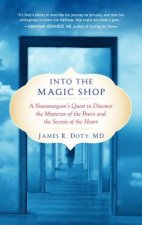
Into the Magic Shop
13.92 € -28 % -
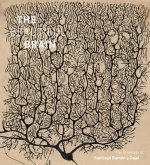
Beautiful Brain
34.04 € -23 % -
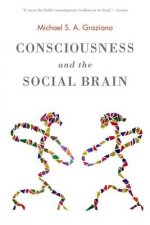
Consciousness and the Social Brain
23.88 € -11 % -

Vital Dust
32.52 € -

Hidden Spring
13.92 € -19 % -

The Molecule of More
15.74 € -26 % -

Brain
11.68 € -26 % -
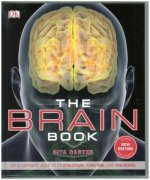
Brain Book
23.47 € -17 % -

Stealing Fire
11.37 € -28 % -

Reaching Down the Rabbit Hole
10.46 € -29 % -
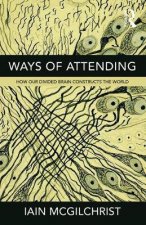
Ways of Attending
26.82 € -

Cradle of Humanity
27.43 € -9 % -

Sapiens
21.44 € -

Cosmic Serpent
10.36 € -28 % -

Greatest Show on Earth
11.17 € -22 % -

Biology of Belief
16.36 € -28 % -

The Extended Phenotype
12.39 € -28 % -

Neuroaffective Picture Book 2
35.67 € -

Science of Meditation
11.07 € -23 % -

Conscious Mind
21.13 € -19 % -

The Story of the Human Body
14.42 € -22 % -

Homo Deus
31.91 € -

Story Genius
13.92 € -24 % -

Sapiens
35.77 € -5 % -

On the Origin of Species
9.34 € -28 % -

Evolution
22.45 € -27 % -

Kew Tropical Plant Identification Handbook, The
20.42 € -28 % -

Descartes' Error
14.42 € -22 % -

Life on Earth
27.43 € -22 % -

The Storytelling Animal
16.76 € -17 % -
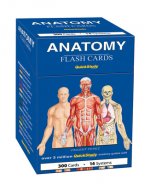
Anatomy Flash Cards
21.13 € -18 % -

Monkeyluv
11.37 € -28 % -

Pocket Guide to the Polyvagal Theory
37.70 € -

Touch
11.37 € -28 % -

Expanding Circle
16.46 € -14 % -

New Executive Brain
21.54 € -20 % -

Masters of the Planet
15.64 € -23 % -

Future Humans
27.33 € -

Secrets of the Skeleton
23.67 € -
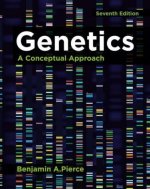
Genetics
94.11 € -

Book of Beautiful Questions
21.64 € -25 % -

Moral Origins
30.89 € -16 % -

Once We All Had Gills
42.38 € -

Zooarchaeology and Modern Human Origins
109.46 € -2 %
Collection points Bratislava a 2642 dalších
Copyright ©2008-24 najlacnejsie-knihy.sk All rights reservedPrivacyCookies


 15549 collection points
15549 collection points Delivery 2.99 €
Delivery 2.99 € 02/210 210 99 (8-15.30h)
02/210 210 99 (8-15.30h)